By Blaine Taylor
At 8 PM on the evening of Friday, July 13, 1934, German Reich Chancellor Adolf Hitler stepped to the speaker’s lectern of the Reichstag in Berlin’s Kroll Opera House to explain his murderous conduct during the recent Nazi “Blood Purge” against the top leadership cadre of the brownshirted SA Stormtroopers during the weekend of June 30-July 2, 1934.
In front of him stood steel-helmeted, armed SS troopers, and there were more placed strategically throughout the chamber, the first and only time such an event occurred throughout the 12 years of the Third Reich. Indeed, Hitler feared assassination from his own followers as a result of the “national murder weekend,” and rightly so, for some of the victims had been his most intimate followers, such as his SA Chief of Staff, Captain Ernst Rohm.
During his address, the chancellor for the first time made public mention of the sex life of the man who had been reputedly closest to him, a man whose alleged homosexuality was reportedly well known throughout Nazi Germany and even abroad.
“The life which the Chief of Staff—and with him a certain circle of others—began to lead was intolerable from any National Socialist point of view,” Hitler said. “As if it were not terrible enough that he himself and his circle of devotees broke every single law of decency and modesty, still worse, this poison now began to spread in ever-increasing circles.
“But worst of all was the fact that, out of a certain common predisposition, a sect gradually began to form in the SA which made up the nucleus of a conspiracy directed not only against the normal conceptions of a healthy people, but against the security of the state as well.”
Thus, the Führer was officially acting as if he had not known about Rohm’s homosexuality since the first days of their association in 1920, when, in fact, he had turned a blind eye toward it from the start because he needed such men as the burly brawler and his thugs in the movement.
In his book The Hidden Hitler, German author Lothar Machtan claims that the Führer himself was gay and that the two men may have been lovers.
Ironically, just as the Nazis persecuted the Jews in part because some of their own top leaders were, in fact, at least partly Jewish, including SS General Reinhard Heydrich and Luftwaffe Field Marshal Erhard Milch, so, too, did they also do the same with homosexuals, as a means of covering their tracks in a sense.
States Andrew Hollinger, assistant director of media relations and communications for the United States Holocaust Memorial Museum, “As part of the Nazis’ attempt to purify German society and propagate an ‘Aryan master race,’ they condemned homosexuals as ‘socially aberrant.’
“Soon after taking office on January 30, 1933, Hitler banned all homosexual and lesbian organizations. Brownshirted Stormtroopers raided the institutions and gathering places of homosexuals. Greatly weakened and driven underground, this subculture had flourished in the relative freedom of the 1920s, in the pubs and cafés of Berlin, Hamburg, Munich, Bremen and other cities.”
Indeed, by 1928, there were an estimated 1.2 million homosexual men in the Weimar Republic. Legal prosecution of homosexuals did not begin under the Third Reich, however, but under the Second Reich of Kaiser Wilhelm I in 1871, the year the new German Empire was established by Reich Chancellor Prince Otto von Bismarck, the Iron Chancellor.
Paragraph 175 of the criminal code outlawed acts of “unnatural indecency” between men. Six years later, this was redefined by the German Supreme Court as an “intercourse-like act” alone, thus making arrests and convictions of homosexuals relatively difficult. On the other hand, since 1900 under the reign of Kaiser Wilhelm II, the German Regular Police or Kripo had been compiling lists of suspected homosexual men called “pink lists” from all across the Reich—but little or no use was ever made of them.
By 1932, however, on the eve of the Nazis’ assumption of governmental power, Berlin’s municipal leaders began enforcing public morality laws to close bars and social clubs catering to homosexual customers. On January 30, 1933, Adolf Hitler was named Chancellor of the German Reich by President and Field Marshal Paul von Hindenburg, and everything began to change as the Nazis espoused a platform of law and order, traditional values, an ideology of virulent anti-Semitism, and the persecution of unwanted social groups.
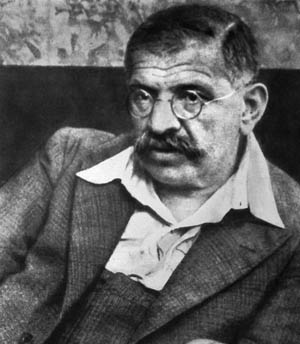
student groups in May 1933.
Recalled one homosexual, “Then came the thunderbolt of January 30, 1933, and we knew that a change of political climate had taken place. What we had tried to prevent had taken place. Over the years, more and more of my political friends disappeared, of my Jewish and of my homosexual friends. Fear came over us with the increasingly coordinated pressure of the Nazis.
“For Heaven’s sake not to attract attention, to exercise restraint, [and] 1933 was the starting point for the persecution of homosexuals. Already in this year we had heard of raids on homosexual pubs and meeting places. Maybe individual, politically uneducated homosexuals who were only interested in immediate gratification did not recognize the significance of the year 1933, but for us homosexuals who were also politically active, who had defended the Weimar Republic, and who had tried to forestall the Nazi threat, 1933 initially signified a reinforcing of our resistance.
“In order not to mutually incriminate ourselves, we decided to no longer recognize each other. When we came across each other in the street, we passed by without looking at one another. There were certain possibilities for us to meet, but that never happened in public.
“For a politicized homosexual, visiting places which were part of the homosexual subculture was too dangerous. Friends told me that raids on bars were becoming more frequent, and someone had written on the wall of the Hamburg S-Bahn between Dammtor Station and the main station, ‘Street of the Lost.’
“That was some sort of film or book title. We found this graffiti very amusing, for most of us tried to cope with the thing by developing a sort of gallows humor.”
On May 6, 1933, Nazi student groups and sympathizers ransacked the Institute for Sexual Science founded by Dr. Magnus Hirshfeld, a Jewish homosexual physician. According to Hollinger, Dr. Hirshfeld was “one of Germany’s leading advocates of civil rights for homosexuals. Four days later, much of his Institute’s library was destroyed in a public book burning.” The notorious event was sponsored by Nazi Germany’s Minister of Propaganda and Public Enlightenment Dr. Josef Goebbels.
The institute had sponsored research and discussion on marital problems, sexually transmitted diseases, and laws relating to sexual offenses, abortion, and homosexuality. For 30 years, Dr. Hirshfeld spearheaded efforts to decriminalize homosexuality. In 1933, he happened to be in France, where he remained until his death.
On June 8, 1933, and in November 1934, the Scientific-Humanitarian Committee and the Human Rights League, both homosexual rights organizations, were dissolved. Captain Rohm was shot on July 2, 1934, without trial, and the previous April 20, the Gestapo, established by Luftwaffe chief and Prussian Prime Minister Hermann Göring, was taken over by Reichsfuhrer SS Heinrich Himmler. In October Himmler set up a division to deal with homosexuals within the department.
One of its first acts was to instruct the Kripo to gather all the pink lists from across the Third Reich. On June 28, 1935, the Nazis published their revised Paragraph 175 provisions, and subsequent judicial interpretations expanded the range of punishable “indecencies between men.” These now included “simple looking” and “simple touching.”
The harsher, amended version of Paragraph 175 went into effect on September 1, 1935, thus punishing a broader range of “lewd and lascivious” behavior between men. In 1936 Himmler became national chief of the German Police, and on October 10 created the Reich Central Office for Combatting Homosexuality and Abortion, or Special Office (II S), a subdepartment of Executive Department II of the Gestapo.
During 1936-1939, a total of 78,000 men were arrested under the new, broadened Paragraph 175. Prosecutions reached their peak between 1937 and 1939, asserts Hollinger. “Half of all convictions for homosexual activity under the Nazi regime occurred during those years. The police stepped up raids on homosexual meeting places, seized address books of arrested men to find additional suspects, and created networks of informers to compile lists of names and make arrests.”
On February 18, 1937, Reichsfuhrer Himmler addressed his higher SS and police leaders at Bad Tolz on the subject of homosexuality as he saw it. “With a static number of women, we have two million men too few on account of those who fell in the war [of 1914-1918]…. You can well imagine how this imbalance of two million homosexuals and two million war dead, or in other words a lack of about four million men capable of having sex, has upset the sexual balance sheet of Germany, and will result in a catastrophe.
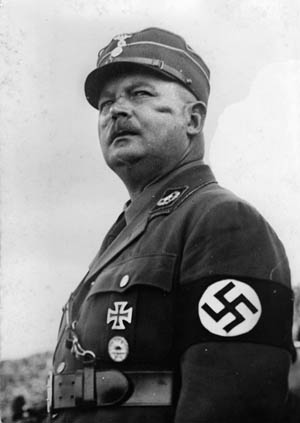
“There are those homosexuals who take the view that what I do is my business, a purely private matter; however, all things which take place in the sexual sphere are not the private affair of the individual, but signify the life and death of the nation, signify world power or ‘Swissification.’ The people which has many children has the candidature for world power and world domination. A people of good race which has too few children has a one-way ticket to the grave, for insignificance in 50 or a hundred years, for burial in 250 years…
“Therefore, we must be absolutely clear that if we continue to have this burden in Germany, without being able to fight it, then that is the end of Germany, and the end of the Germanic world….”
The Nazis also felt that homosexuals formed self-serving groups, the emergence of a state within a state that could disrupt the social harmony and fabric of the Reich. In addition, Nazi policy asserted that homosexual men carried a “degeneracy” that threatened the “disciplined masculinity” of Germany. In some cases, homosexuality was deemed a mental illness, and thus many men were institutionalized while others were forced to choose between “voluntary” castration and imprisonment.
This “voluntary” castration, encouraged openly after 1935, was so that homosexual men could “free themselves” from their “degenerate sex drive,” or so the euphemisms went. In the Nazi concentration camps, they were subjected to forced castration in medical experiments as well.
Indeed, at Buchenwald, SS Dr. Karl Vaernet performed operations designed to “convert” men to heterosexuals, including the surgical insertion of a capsule that released the male hormone testosterone. “Such procedures reflected the desire by Himmler and others to find a medical solution to homosexuality,” explains Hollinger.
During the 12 years of the Third Reich from 1933 to 1945, an estimated 100,000 of the approximately 1-2 million homosexual men in Germany were arrested, and of these 50,000 officially defined as gay were sentenced under Paragraph 175. Most of these were held in regular prisons, while from 5,000 to 15,000 more were incarcerated in concentration camps. How many of the latter died? No one knows for sure, but researcher Rudiger Lautmann believes that the death rate for the “175ers” may have been as high as 60 percent.
States Hollinger, “All prisoners of the camps wore marks of various colors and shapes, which allowed guards and camp functionaries to identify them by category. The uniforms of those sentenced as homosexuals … included a large black dot and a ‘175’ drawn on the back of the jacket. Later, a pink triangular patch appeared…. Many survivors have testified that men with pink triangles were often treated particularly severely by guards and inmates alike because of widespread biases against homosexuals.”
The vast majority of homosexual victims were males; lesbians were not subjected to systematic persecution. While lesbian bars were closed, few women are believed to have been arrested. Paragraph 175 did not mention female homosexuality, and lesbianism was seen by many Nazi officials as alien to the nature of the Aryan woman. In some cases, the police arrested lesbians as “asocials” or “prostitutes.”
One woman, Henny Schermann, was arrested in 1940 in Frankfurt and was labeled a “licentious lesbian” on her mug shot, but she was also a “stateless Jew,” a sufficient cause for deportation and gassing in a “euthanasia” killing center in Germany in 1942, a year after the program was to have been officially halted at Hitler’s order.
On September 1, 1939, Nazi Germany invaded Poland and World War II began, vastly increasing Himmler’s powers across the whole of German-occupied Europe, although the SS did not generally persecute and arrest homosexuals outside the Reich. In July 1940, Himmler issued orders to the officers of the Kripo that homosexuals convicted under Paragraph 175 who were known to have had more than one sexual partner were to be sent directly to a concentration camp after their formal release from prison. Beginning in 1943, the SS, in concert with the German Ministry of Justice, launched an explicit program of “extermination through work” to destroy Germany’s “habitual criminals,” including homosexuals.
The vast majority of homosexuals persecuted by the Nazis included native Germans and acquired Austrians after the 1938 annexation of that nation. Asserts Hollinger, “Unlike Jews, men arrested as homosexuals were not systematically deported to Nazi-established ghettos in Eastern Europe, nor were they transported in mass groups of homosexual prisoners to Nazi extermination camps in Poland.”
The war ended on May 8, 1945, with the total defeat of the Third Reich and the collapse of the Nazi state, and yet Paragraph 175 remained in effect under the new Allied governments that partitioned the former Nazi Germany. Some homosexuals liberated from Nazi camps were even transferred to German prisons to serve out the remainder of their sentences under Paragraph 175.
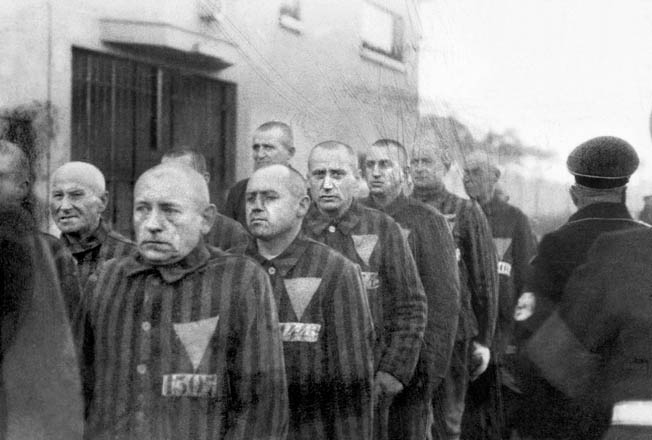
Eleven years after the war ended, in June 1956, the Federal Republic of Germany Reparation Law for Victims of National Socialism declared that internment in a concentration camp for homosexuality disqualified an individual from receiving state compensation. In 1969, Paragraph 175 was revised to decriminalize homosexual relations between men over the age of 21.
On May 8, 1985, the 40th anniversary of the end of the war, homosexuals murdered by the Nazis received their first public acknowledgment in a speech by West German President Richard von Weizacker, and in 1994 after the reunification of East and West Germany, Paragraph 175 was abolished altogether. Finally, in 2002, the German Parliament pardoned homosexuals convicted by the Nazis under Paragraph 175. Thus, the wheel had finally come full circle to where it was prior to 1871.
Towson, Maryland, freelance writer Blaine Taylor is the author of 12 books on World War II.
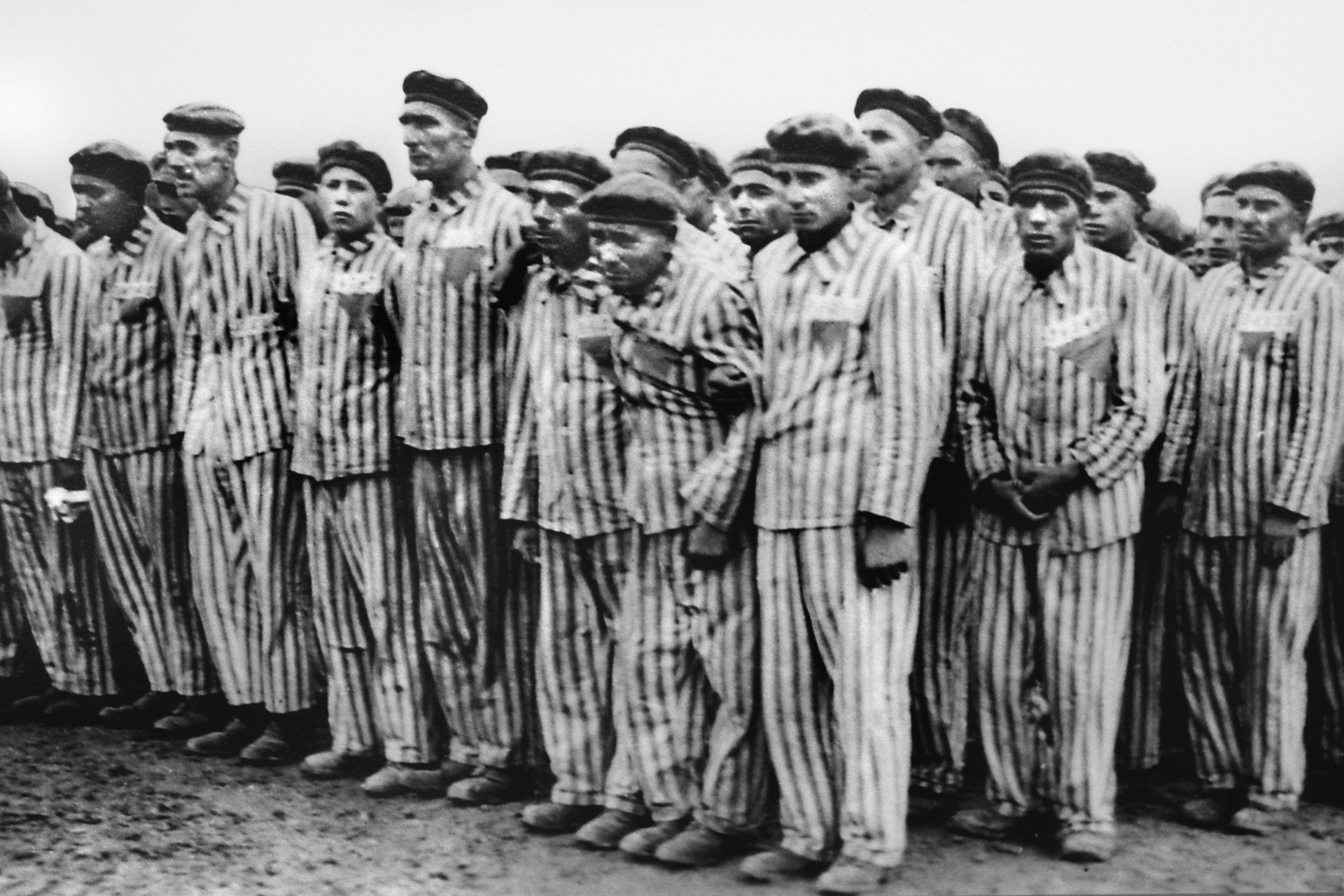
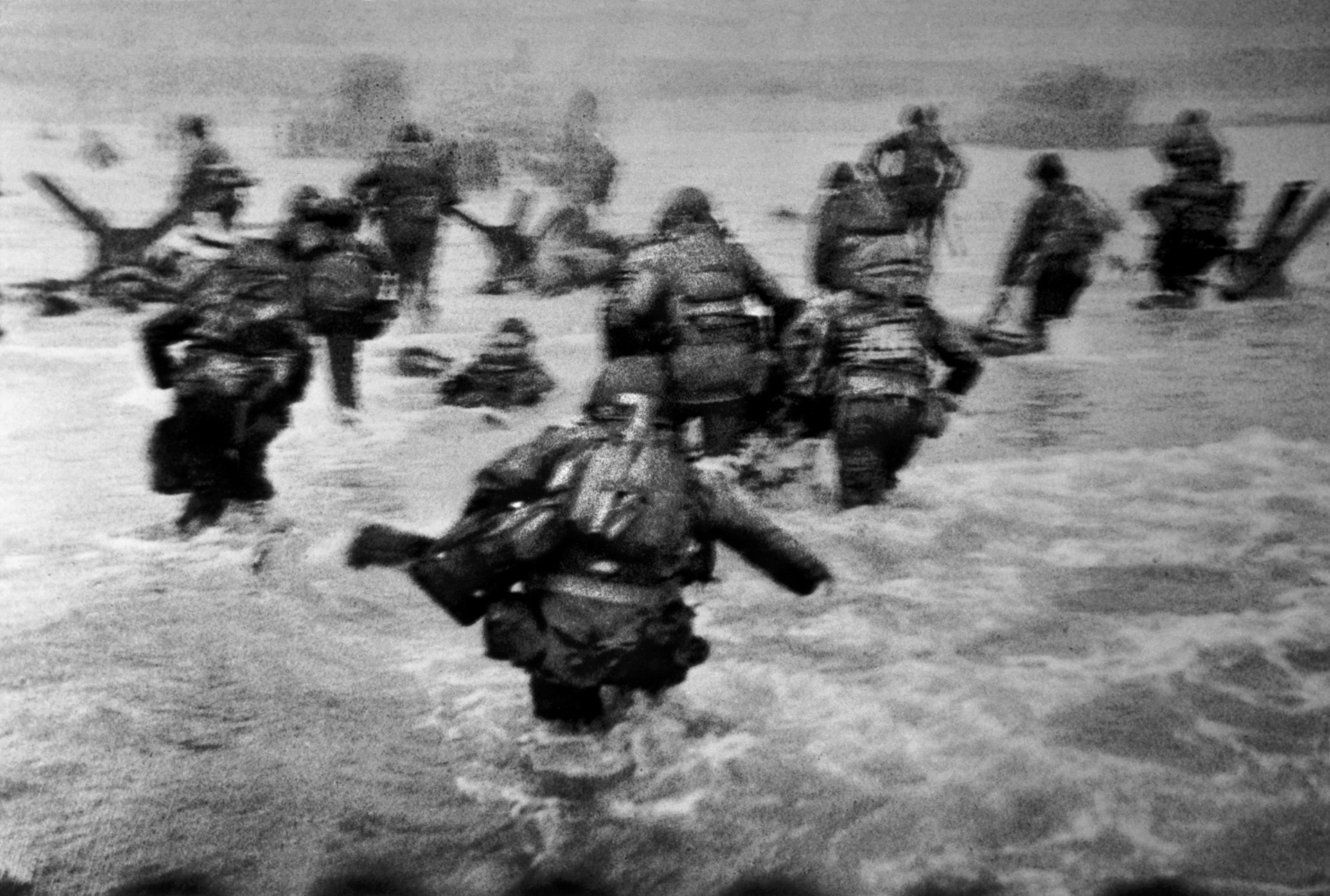
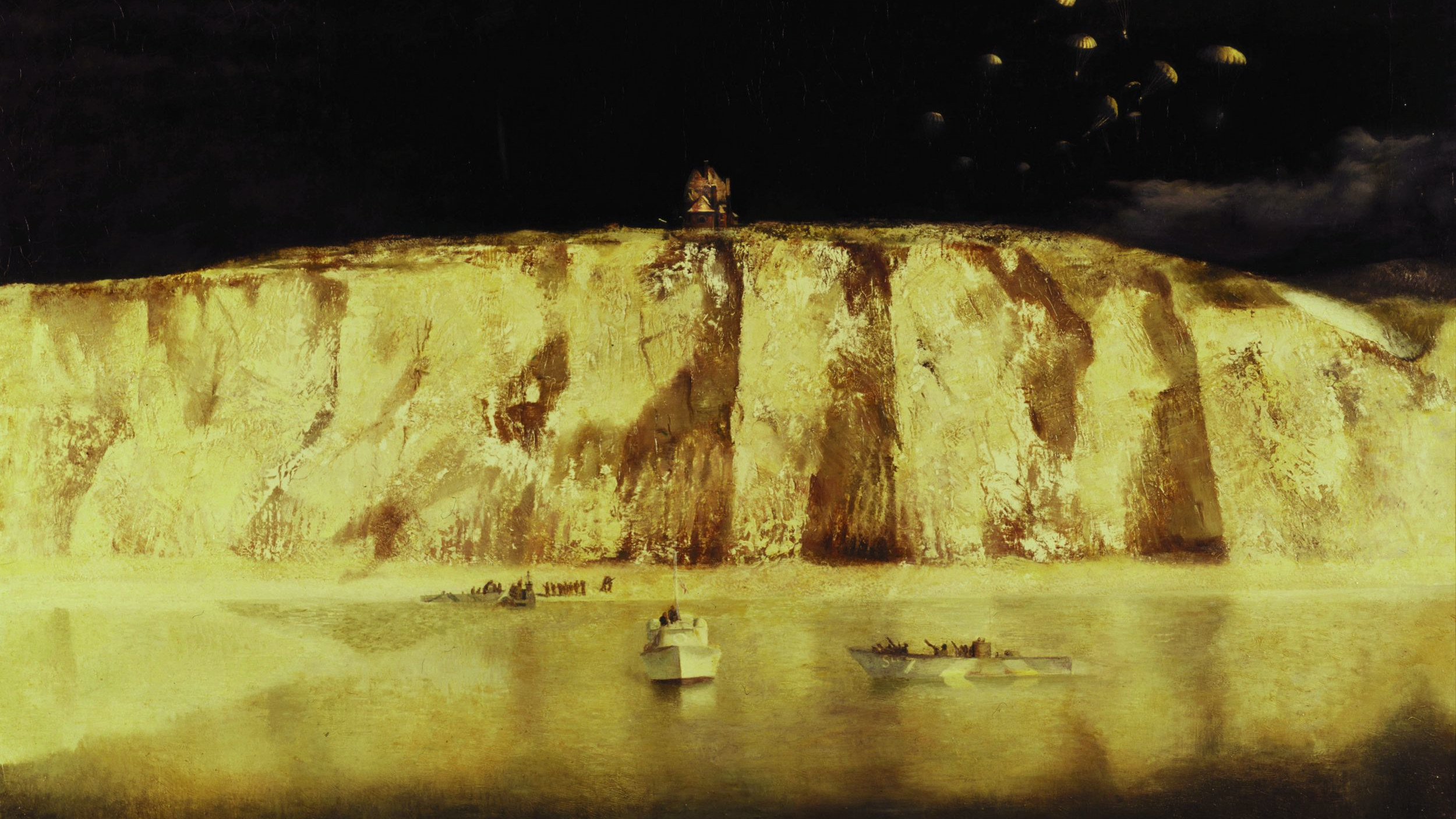


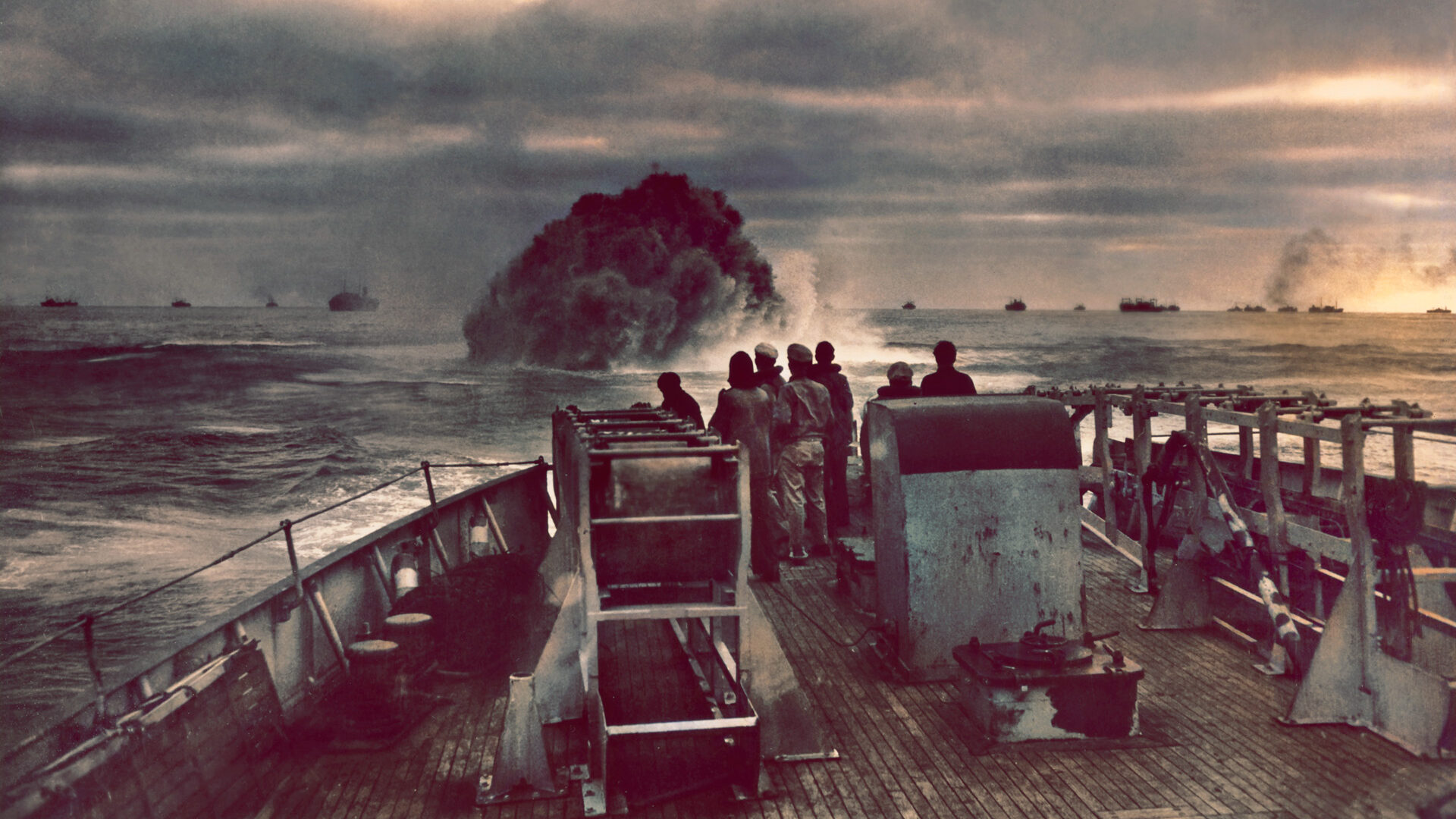
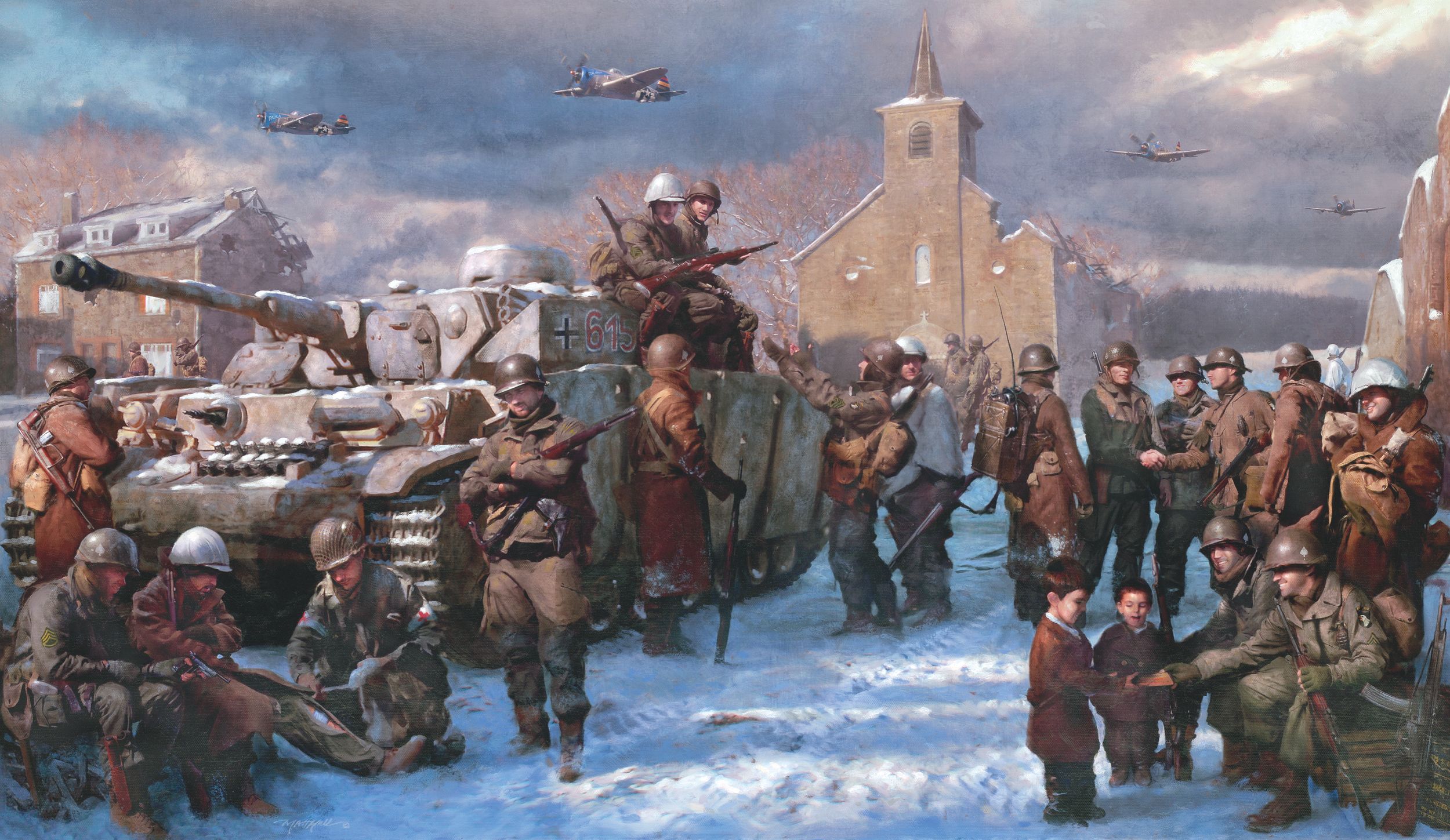
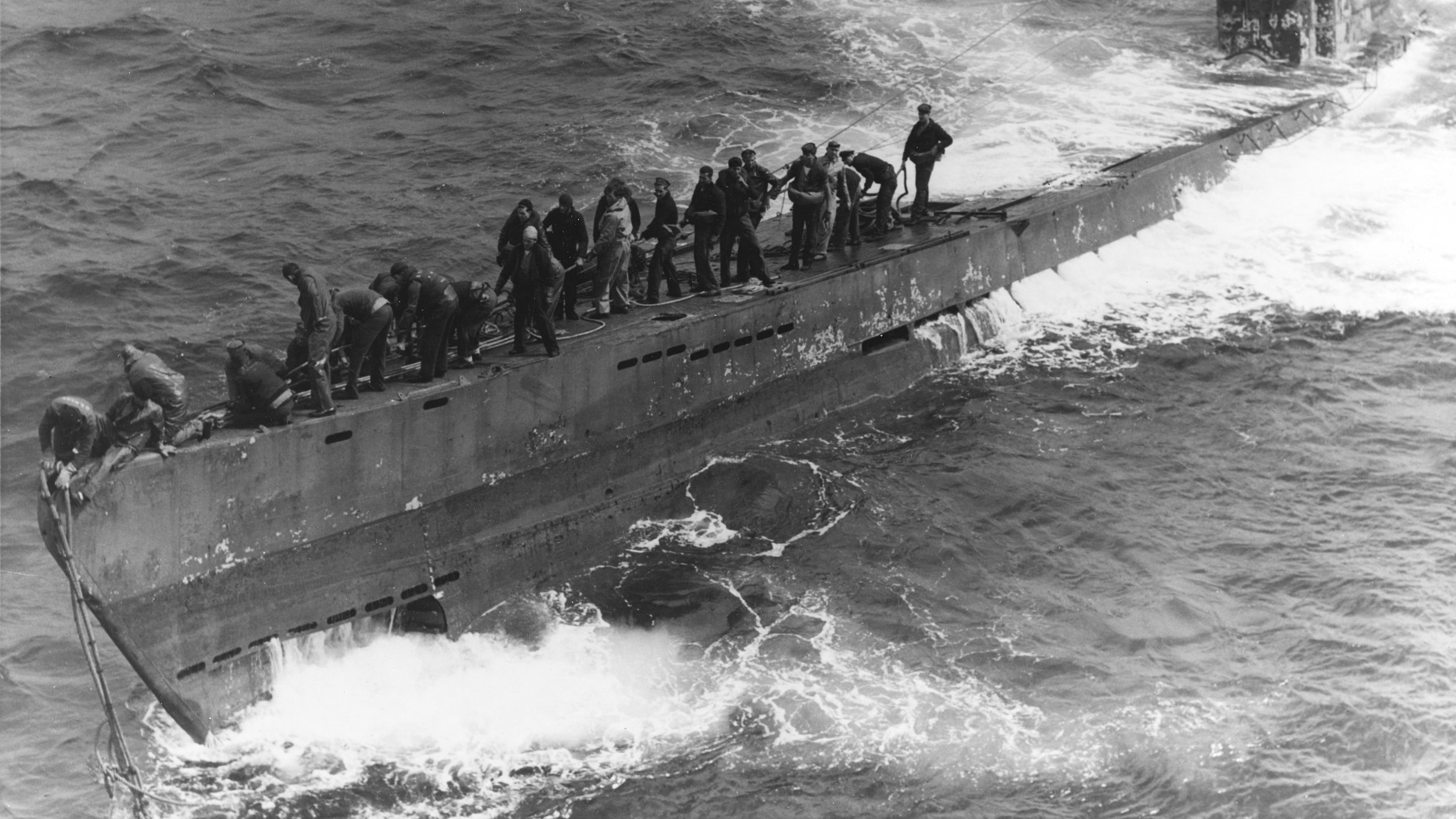
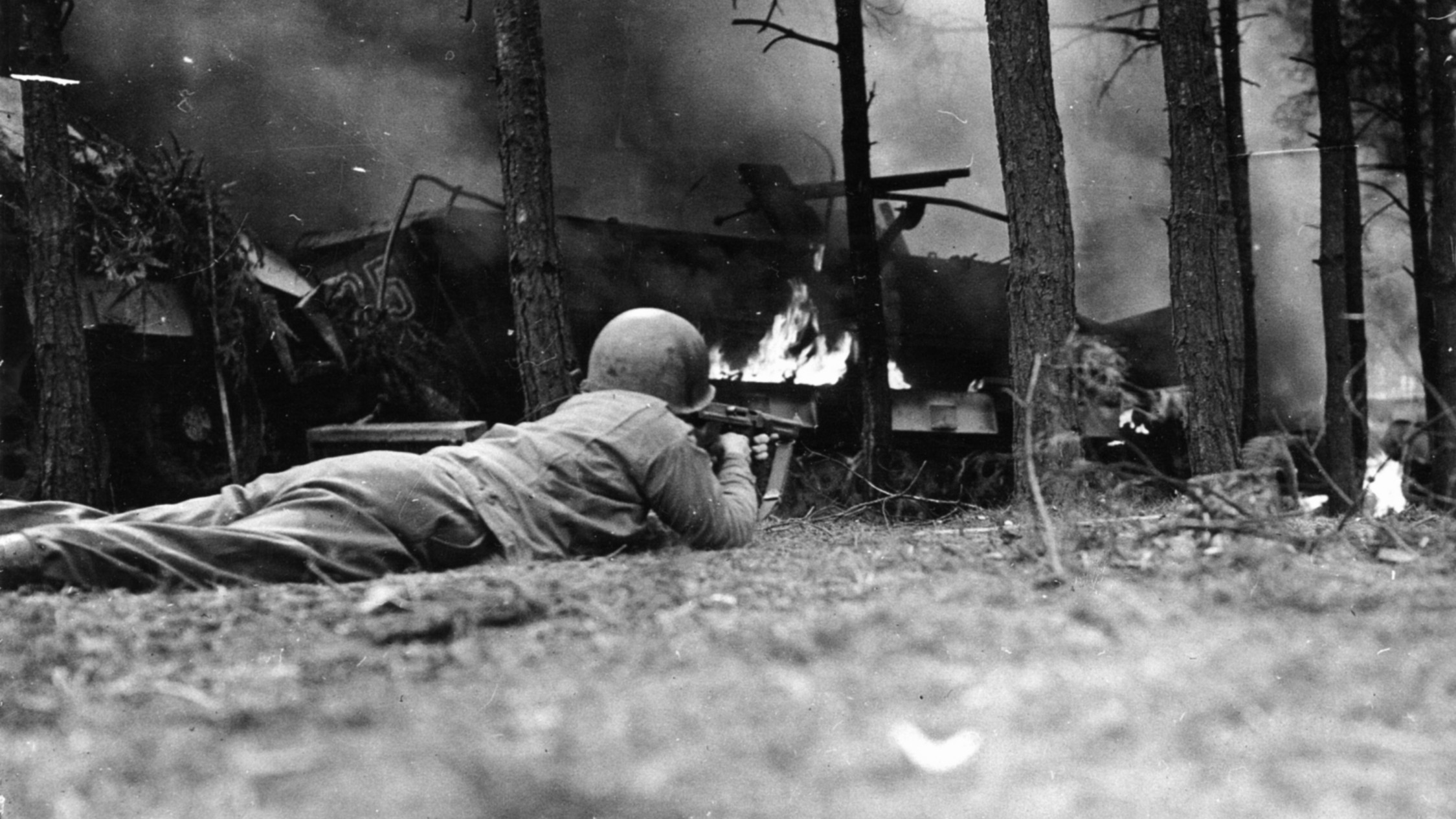
Join The Conversation
Comments
View All Comments